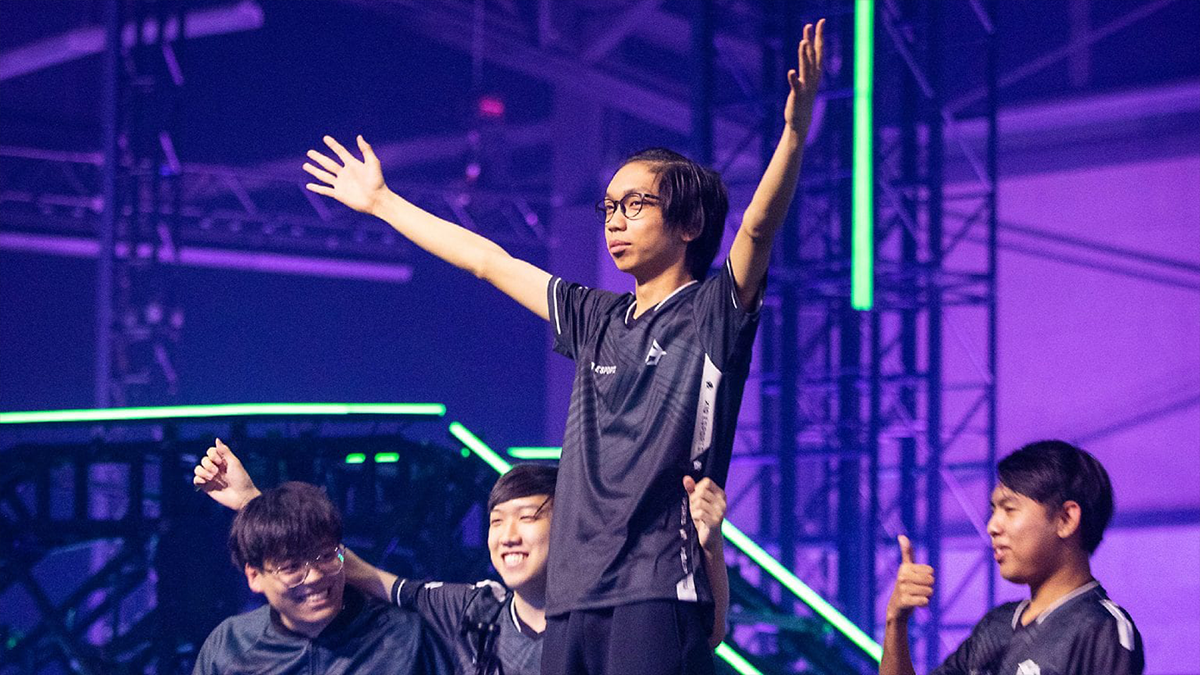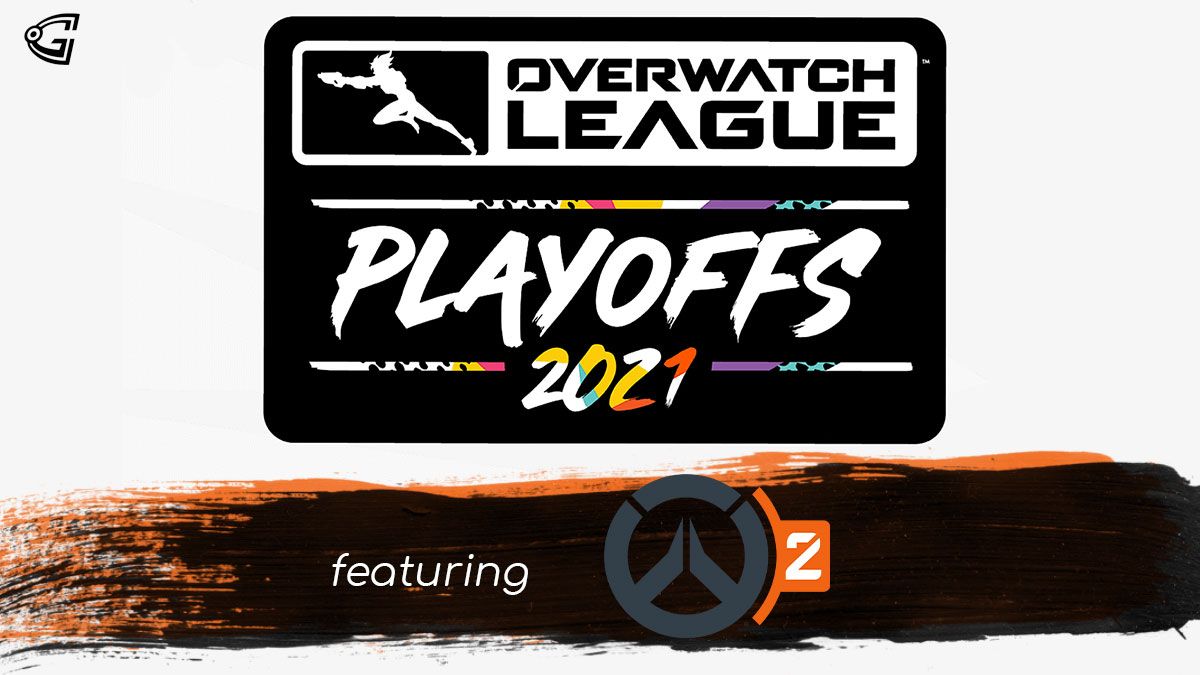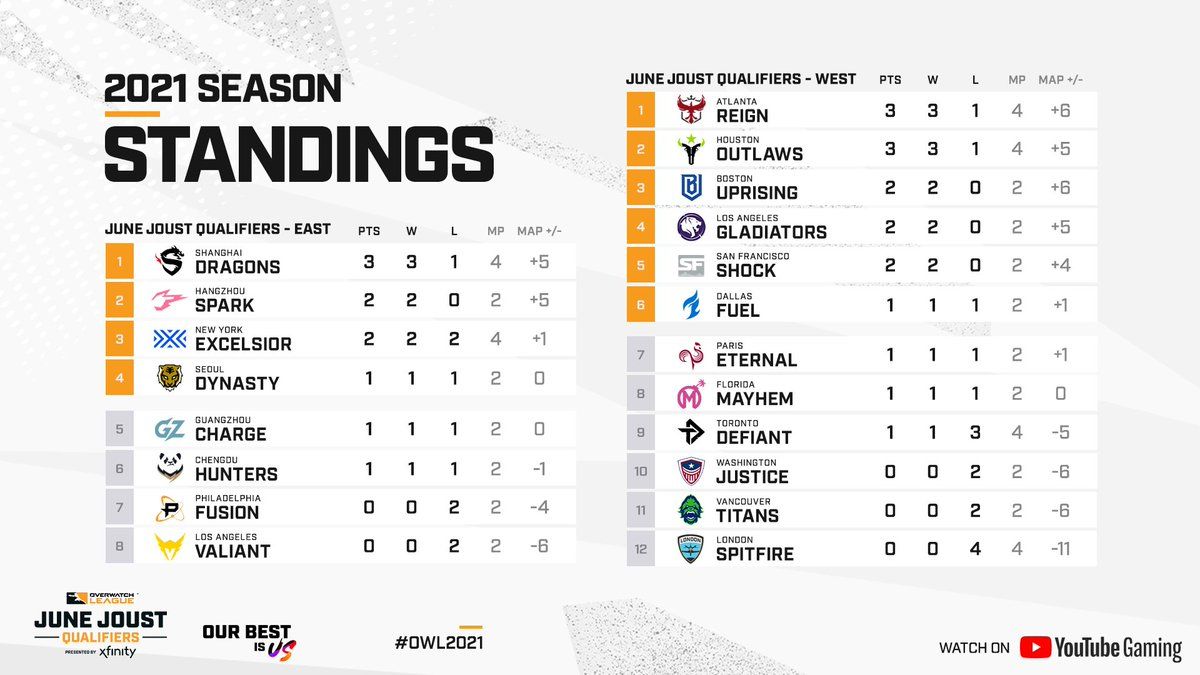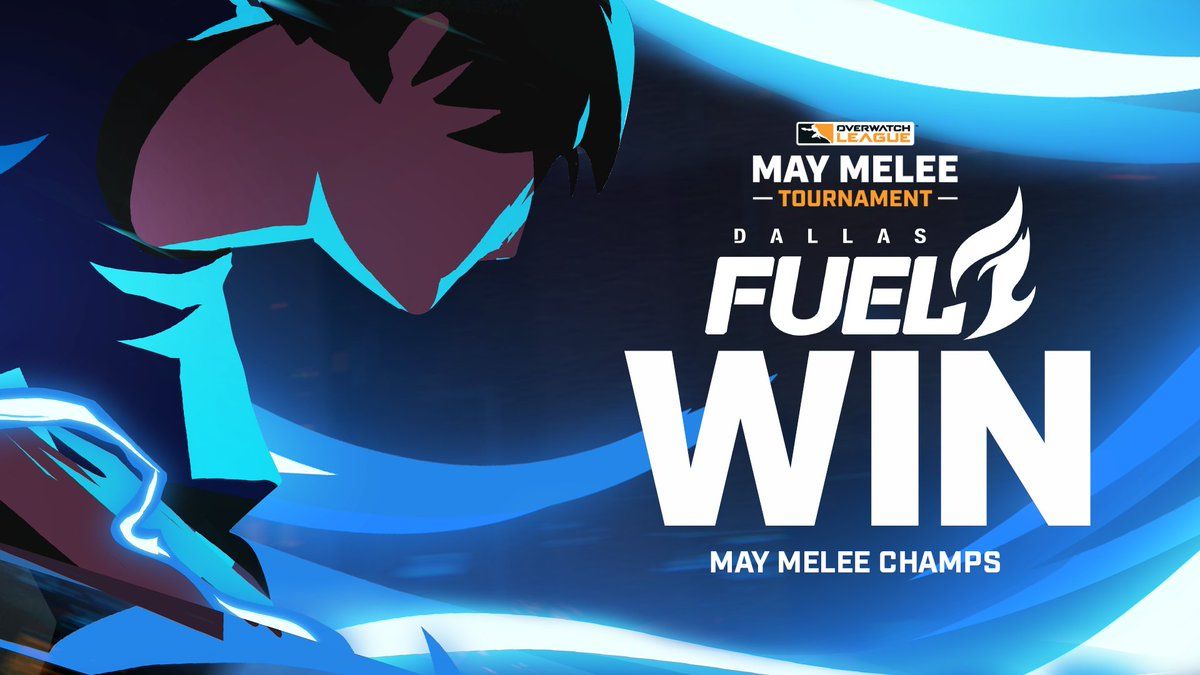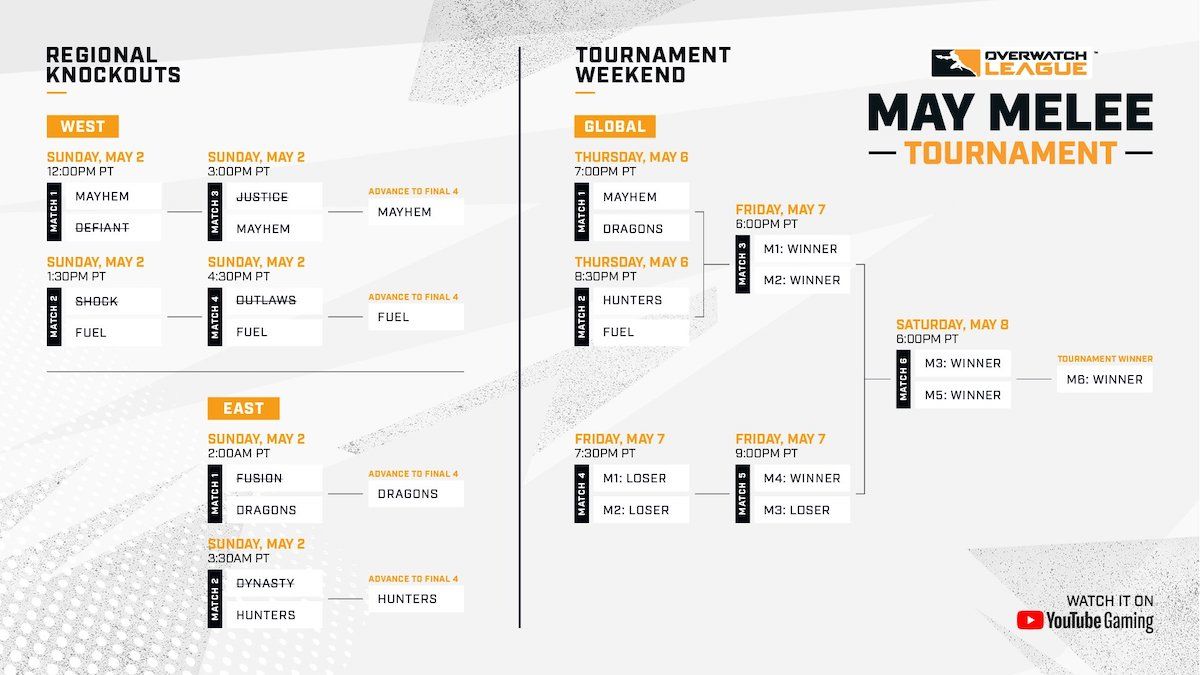
Two gods of war exist in the Greek mythos. Riding his war chariot is the bloodthirsty Ares, the untamed, visceral, man-slaughtering embodiment of war. Fear, Terror and Discord aid the god on his conquests, as he dives into the battle fearlessly, an unstoppable machine of destruction, dreaded by gods and mortals alike.
Then there’s Athena, the calm goddess of wisdom, a venerable scholar of military strategy and tactics. Athena fights nothing like her brother. She is intelligent and composed, but once unleashed, her wrath similarly knows no bounds.
They are the two sides of the same coin, and they could not be more different.
Closer to our reality, in the futuristic world of Overwatch, these gods have been incarnated in the frail mortal shells of two teams. Lunatic-Hai welcomed the modern spirit of Ares, ravaging the battlefield, diving and butchering everyone in their path. Their raids are symphonies of annihilation, orchestrated by the flawless mechanics of the squadron. They are Ares’ perfect soldiers.
The wise Athena incarnated in a different team. Wandering into the APEX underbelly, the goddess found The Meta. Now rebranded to bear her divine name, Meta Athena have been following Athena’s ideology and mastery of war. Meta had no mechanically outstanding players. They had never competed on a major stage. Today, Athena and her confidants led by support Jong-Seok “Nus” Kim are proudly walking the royal road—the conquering of a championship on the first attempt.
On March 28, Ares and Athena will meet again and the son of Zeus, for all his savagery and raw strength, has no idea what’s coming. Nobody does.
It's impossible to not be enamored with Meta Athena.
Meta Athena are like no other team in Korea, possibly in all of Overwatch. Since their earliest days, they have chosen to play a mind-over-muscle game, confident in their mental superiority. Where they lacked in individual skill, they made up for with hive-mind homogeny. They’ve outmaneuvered those who were faster and outsmarted those who were stronger. They changed from opponent to opponent, series to series, round to round.
Meta Athena are playing the way Overwatch was designed to be played and have been exceptional in their execution. The team is two wins away from becoming the first royal roader in the game after having gone through reigning APEX champions EnVyUs and runner-ups Afreeca Blue, among other tournament favorites. Since they qualified for the main event, they’ve entered the majority of games as the underdogs and they’re yet to drop a series.
There’s truly a divine grace in how Athena play Overwatch and it’s nigh on impossible to not be enamored with it. Meta are undeniably powerful, but how much exactly—and more importantly why—is a fascinating topic altogether.
Athena in numbers
As a language spoken universally, the numbers are the best place to begin understanding Meta Athena’s hegemony over APEX. Currently, Meta Athena remain the only undefeated team in the league, which is—interestingly enough—their least impressive stat.
- Athena are on a 21-match win-streak dating back to October 2016
- In their last 30 matches, they have achieved 17 3-0 sweeps
- Their total win record is 29-7, or 81%
- In season two alone, including Challenger games, their map record is 54-10, or 84%
- Since their win-streak began, they’ve gone to 3-2 only twice
This isn’t all by any means. In Season 2, Meta Athena are undefeated on a total of six maps, including King’s Row, Temple of Anubis, Dorado, Eichenwalde, Hollywood and Hanamura. Their map breakdown in the current season, including Challenger games, is:
- 5-2 on control maps
- 6-1 on assault maps
- 10-2 on escort and hybrid maps
Even if the Season 2 sample size is relatively small, it’s already a good case for Meta Athena’s strength. The team doesn’t really have a map on which they struggle and the only map with a negative win-rate for them is Route 66 at 0-1. At the same time, Meta Athena are collectively 10-1 on the three most popular maps in the tournament—Ilios, King’s Row and Temple of Anubis—which is also a very common combination of maps for rounds 1-3.
Meta Athena have also played 21 of the 23 Overwatch heroes, a testament to the peerless flexibility of the former challengers. Although it is flex Hye-Sung “Libero” Kim contributing in the largest part to this hero diversity, all of the remaining five Athena players have shown proficiency on at least a couple of heroes, most notably Jeong-Woo “ Sayaplayer” Ha who has been pursuing excellence in the hitscan role since Challenger.
In comparison to Meta Athena, the Ares-like Lunatic-Hai—considered the best team in South Korea, veterans from the previous season and Meta Athena’s opponent in the coming APEX semi-final—are at 77% total win-rate, 4% lower than Meta. While their record on assault and controls maps across two APEX seasons is comparable to Athena’s, Lunatic-Hai are notably weaker than Athena on escort and hybrids. For LH, the record shows:
- 77% win-rate (MA at 81%)
- 70% control win-rate (MA at 71%)
- 90% assault win-rate (MA at 85%)
- 64% hybrid/escort win-rate (MA at 83%)
These are mere numbers, however, and the key to why Meta Athena are unprecedented—and arguably straight up better—compared to the rest of the Korean field lies in their cerebral warfare and their adherence to the ancient postulates of strategy.
The art of war
“Do not repeat the tactics which have gained you one victory, but let your methods be regulated by the infinite variety of circumstances.” - Sun Tzu, The Art of War
Meta Athena have been playing a different game ever since the dawn of their career. Even before the team broke out and went on to contest the current APEX championship, Meta Athena exhibited high degrees of self-awareness, cognizant of their strengths and weaknesses, a quality not often observed in young teams.
Early Meta Athena struggled with individual mechanics and even in Challenger League there were teams who were palpably superior. While many teams would try to improve where they’re lacking, dismissive of the short amount of time allocated to Challenger League season and ultimately fail to catch-up in time, Meta Athena declined to follow both the standards set by mechanically superior teams and the metagame trends, realizing it’s a fool’s errand. Even in the golden days of triple and quad tank compositions, Athena rarely prioritized Roadhog—usually a game-deciding hero provided high hook accuracy—over a hero or composition they were comfortable running.
Athena have been playing a different game since the dawn of their career.
When a straightforward option for victory was presented, Meta Athena would dedicate resources to the Zarya of Jae-Hoon “Hoon” Choi, at the time the only true carry on Athena, but those options grew scarcer the deeper Athena progressed into APEX. For those situations, Athena designed a different strategy.
To win a map of Overwatch, a team can do one (or a combination) of three things: Play the meta, play the enemy, or play the map. Since, ironically, Meta Athena could not play the meta well, nor could they match their opponents aim for aim, they were left with option number three, and there was no one better at this than them.
King’s Row was the first map Meta Athena really figured out, particularly on attack. Where most teams would enter direct duels by maneuvering behind the statue, Meta Athena would win the match positionally by putting Sayaplayer on Widowmaker to go with Libero’s signature Mei. Under the protective scope of their sniper and through strategic use of ice walls, Meta Athena would create space and take the flanking way through the cat walk to drop onto teams from above, instead of engaging them from the low-ground where they would be in a disadvantage, or tricking them into abandoning their position on the point.
There, in the midst of chaos, they would seize the opportunity.
Meta Athena’s playstyle in Challenger League continued to be dictated by the battlefield topography and almost never did the team follow established tendencies and instead looked for alternative ways to address conflicts, which later contributed to the aforementioned peerless unpredictability of the team.
When faced with breaking choke points where the sniper zoning was not possible, and especially on assault maps where respawn timers are what decide the game, Meta Athena would play triple DPS/single heal compositions where Libero’s Pharah would soften up the enemy, paving the way for Genji, Tracer and Winston to dive in for a fast clear, resulting in an immediate point capture. On maps such as Dorado where the tunnel leading up to Point A is a common position to fortify, Athena would just fly through on a Winston/Tracer/D.Va/Pharah composition to strike from behind.
True to another of Sun Tzu’s teachings, Meta Athena would “mystify, mislead and surprise.”
In the midsts of chaos, they would seize opportunity.
Meta Athena’s cerebral game significantly evolved throughout their Season 2 journey and by the time they played the round of 16 teams they were significantly ahead in terms of team cohesion. Athena adapted a lot of their old strategies to the new playing field and in their game against EnVy directed a flank all the way through the café on Hollywood, an attack path almost never used and which was reminiscent of their preferred way to attack King’s Row. Together with minor tricks such as Sleep Dart ambushes to neutralize enemy tanks, Athena had found a lot of new ways to screw up with the minds of their opponents.
Meta Athena didn’t just adapt old strategies, but also developed new ones and their round of eight game against Afreeca Blue was really the first to show just how far Athena’s strategical depth had gone. Attacking on Eichenwalde, Athena used Mei’s space-altering abilities to push through the back house and once again strike at an undefended position. On defense, Athena combined Sombra’s health pack hacking with Reaper’s close-combat prowess to battle the attacking Afreeca directly on the point while staying in short range of the frequent health pack pops.
By the time Meta Athena played their most recent match against KongDoo Panthera to qualify for the semi-finals, their tactical menagerie had featured the whole spectrum of line-ups, from triple and quad tank compositions, to single and double sniper zoning, to several different dive comps, to triple DPS.
Libero, the chameleon
Libero has played more than half of Overwatch's total hero pool.
The flexibility of Athena is inseparably tied to the talents of a single player, Libero, and to really understand the brilliance of Athena one must understand their flex as he’s the embodiment of the team philosophy.
It’s difficult to appreciate Libero until a large portion of matches are examined. Even though he’s a conceptual center piece of Meta Athena, he rarely appears on the kill feed or is featured in plays of the game and doesn’t stand out the same way Sayaplayer or Hoon do.
Instead, Libero has taken a chameleon-like role in Athena and can be best described as strat-enabling flex. As an individual, Libero tends to struggle which is evident in his early Challenger games on Pharah, and hasn’t enjoyed the same degree of mechanical improvement as Sayaplayer, for example, but then again that is something Meta Athena have never strived for. Libero strengthened Athena because he improved the Athena way himself. In season two alone, Libero has played 13 different heroes on all four roles, which is more than half of Overwatch’s entire hero pool.
Libero’s deep pool has allowed the rest of Athena to mostly stay on heroes or roles they’re comfortable with. Considering a “standard” Athena composition would have Saya player on hitscan DPS, Hoon on Zarya, Changsik on Reinhard and Kris and Nus on supports, Libero alone opens a wide variety of strategies, including
- D.Va and Winston for triple tank dive compositions
- Roadhog for triple tank pick compositions
- Genji and Pharah for double DPS dive compositions with Saya’s Tracer
- Soldier and McCree for extra sustained DPS
- Hanzo for double sniper with Saya’s Widowmaker
- Mei for positional strategies
- Reaper for anti-tank and close-combat compositions
- Symmetra and Sombra for surprise defense/attack strategies
In majority of these compositions, only Sayaplayer is required to switch heroes to adapt and yet never leave his hitscan comfort zone.
Libero truly is an asset that no other team possesses, and never was it more apparent than in their KongDoo Panthera match.
Consolidated brilliance: Meta Athena vs. KongDoo Panthera
If a documentary were to be made about Meta Athena, their round of eight match against KongDoo Panthera would surely be the trailer. Panthera were supposed to be the end to Athena’s fairy tale. Many of Athena’s opponents on their journey were either fresh challenger teams like MVP Infinity, low-tier survivors from season one like BK Stars or struggling with the new meta like EnVyUs but Panthera were a new class of opponent.
Between Dong-Jun “Rascal” Kim and Kyo-Min “EVERMORE” Koo, Panthera were a mechanically savvy team, ambidextrous on both projectile and hitscan heroes, who also played with the graceful cohesion which Korean teams—including and especially Meta Athena themselves—were known for. Panthera’s powerfist with EVERMORE’s Roadhog in the vanguard, often protected by at least two more, had been the death of many teams already in both Korea and China. In fact, before their 3-2 victory over LW Blue in the round of eight, Panthera had a 17-0 map win rate over six matches.
Panthera were supposed to be the end to Athena's fairy tale.
It took Athena only three maps to roll over Panthera, in a contest that best summarized the divine elegance of their namesake in all its manifestations and, most of all, it finally made Libero look the hero.
Nepal Sanctum saw Libero unleashed on Hanzo fragging instead of supporting or zoning, alongside Hoon’s Zarya. On paper, Athena’s composition should’ve struggled against KDP’s triple tank due to low sustained damage especially against Reinhardt’s shield but effective health pool meant nothing against the headshot barrage from Athena.
It was almost as if a different team played Panthera on Nepal, as Athena applied no trickery or diversion besides the Hanzo pick—which could be seen as their greatest trick—and faced the enemy head on, matching and beating it in a game of direct confrontation. For all their playstyle diversification throughout their season two run, this was by far the biggest idenity shift Athena endured.
Numbani and Hanamura were the return of Athena’s signature feints and Libero’s love letter to Mei at the same time. Athena’s flex has had a romance with the icicle queen since the Challenger era and their King‘s Row attacks.
Mei has truly been a key part of Athena’s identity and they’ve used her in not just the standard ways like splitting teams or boosting up to get a favorable attack angle, but also to create new attack paths like the Eichenwalde game vs. Afreeca Blue and vs. Panthera on Numbani.
For all the Nepal and Numbani highlights, however, the game which consolidated Meta’s brilliance was the closing 3-0 on Hanamura, an absolute must-watch.
Libero played seven different heroes on Hanamura starting with Sombra, a hero barely used in Korea and only occasionally seen in the West in pocket strategies, like Misfits’ Sombra/Genji dive composition on Temple of Anubis. Libero’s elegant vault over the entry arch caught EVERMORE’s Zarya on the downfall, resulting in a quick hack, lock and snipe for a man-up advantage. Athena captured Point A with seven minutes to spare.
Sombra’s hack was nothing to the beauty of Libero’s wall feint on Point B, however, a simple ten-second moment which had Meta Athena written all over it. Athena prepared for attack from the right entrance and walled up to shield their raid further into Hanamura. Only, they never ran forward. Fully expecting Athena to come from the stairs, Panthera turned their gaze towards the center of the point, only to be hit from the side. Hiding behind the cover of the ice wall, Athena had turned around. Five of Panthera fell in those few seconds of surprise.
The last miles of the royal road
Meta Athena need two more wins to write history and this Tuesday, March 28, is their greatest test to date. Meta vs. Lunatic-Hai is not simply a match worthy of the semi-finals—or even finals—of some esports tournament, it’s a present-day retelling of the divine conflicts on the fields of Ilium, as two gods of war face off through mortal agents.
It might not be a true Homer-esque narrative, but it’s as good as Overwatch gets.


